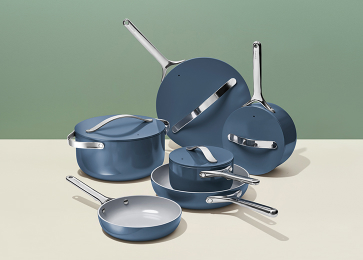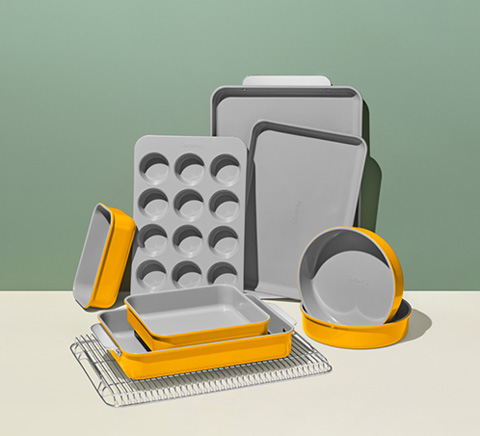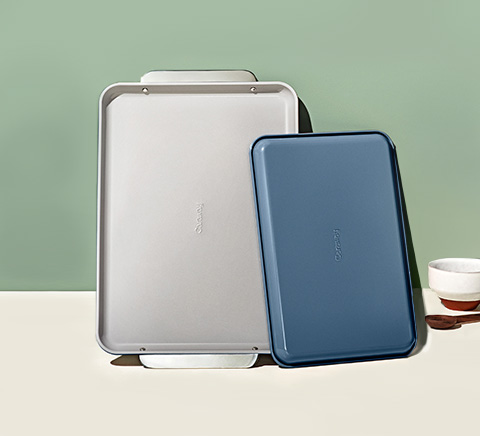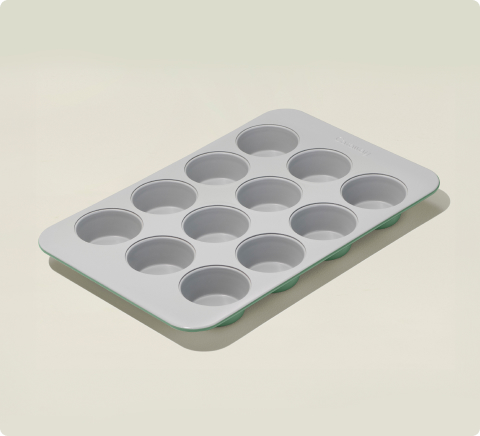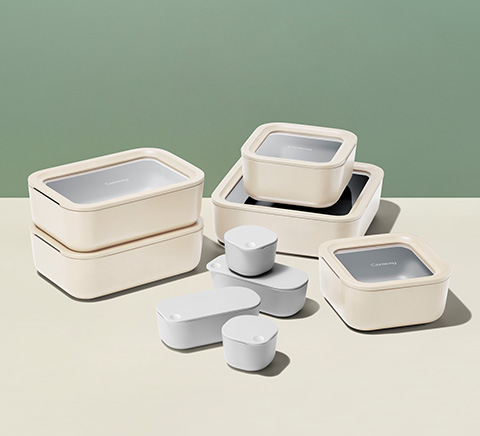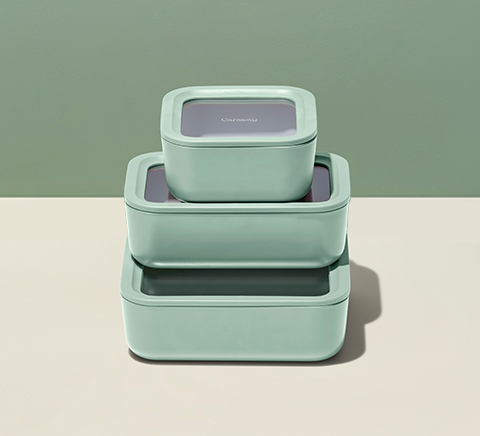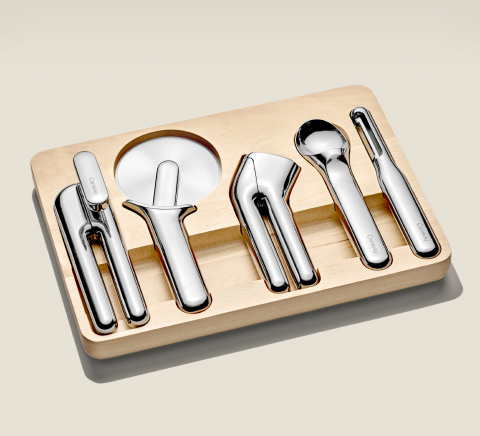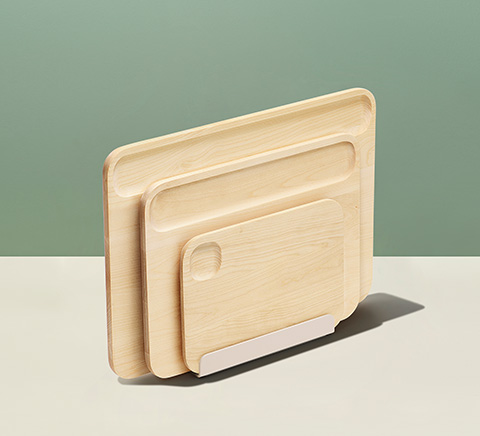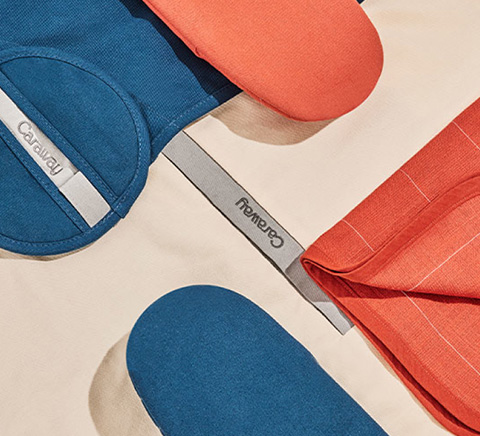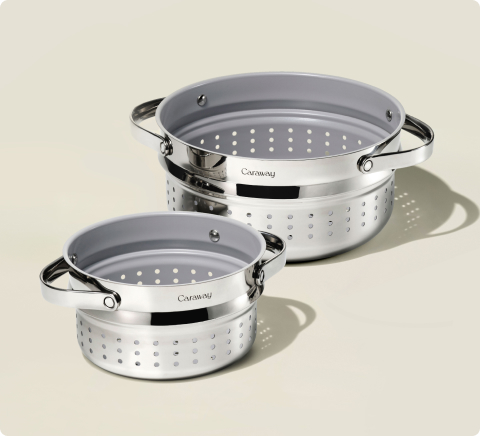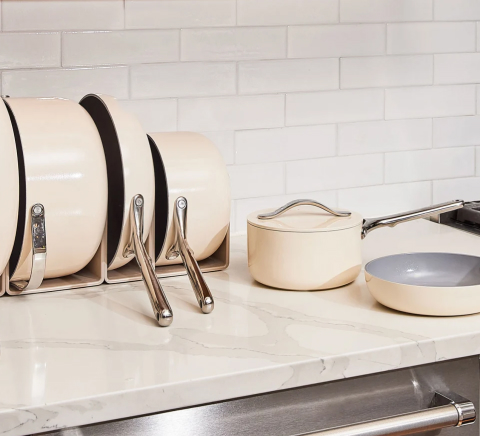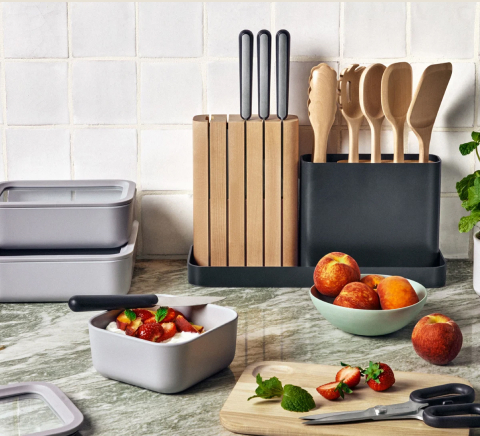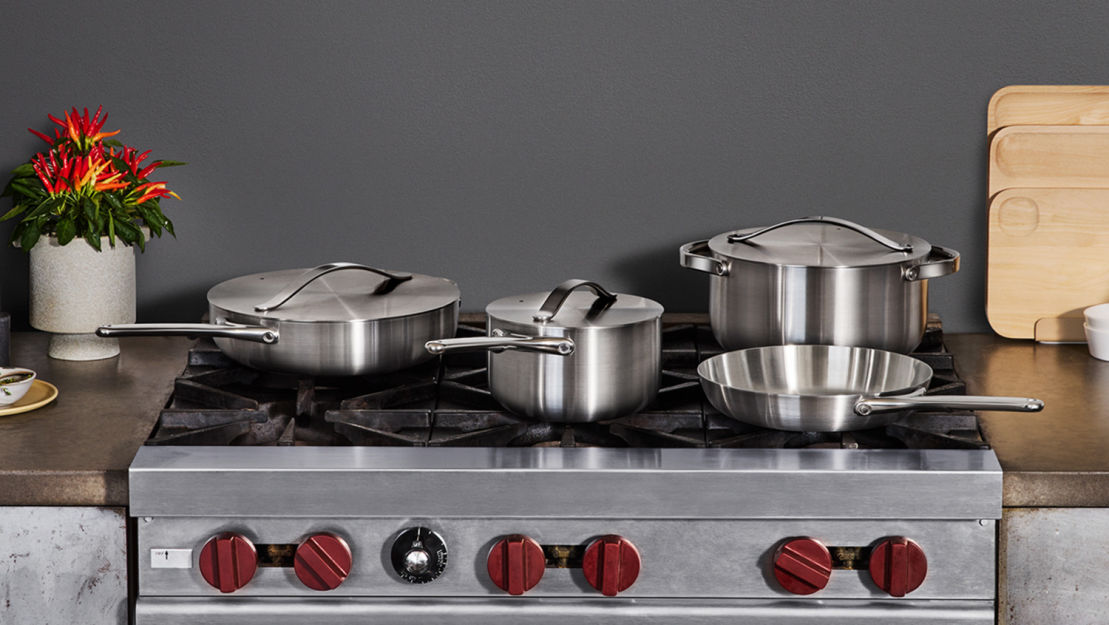Navigating the kitchen landscape, you'll encounter a variety of cookware materials, each with its own characteristics. Among these, stainless steel and cast iron stand out, not just for their culinary prowess but for the distinct roles they play in our cooking rituals.
Understanding what each material brings to the table is the first step in crafting meals that are not only delicious but are reflections of care and craftsmanship.
What Is Stainless Steel?
Stainless steel is like a reliable friend you can always count on—versatile and resilient. This alloy blends iron, carbon, and at least 10.5% chromium to protect against rust, making it a staple in kitchens around the globe.
Its resistance to corrosion and staining means it can face acidic tomato sauces and vibrant curries without flinching. In the world of cookware, stainless steel shines for its sleek appearance and outstanding function, providing a surface that’s as conducive to rapid sautéing as it is to gentle simmering.
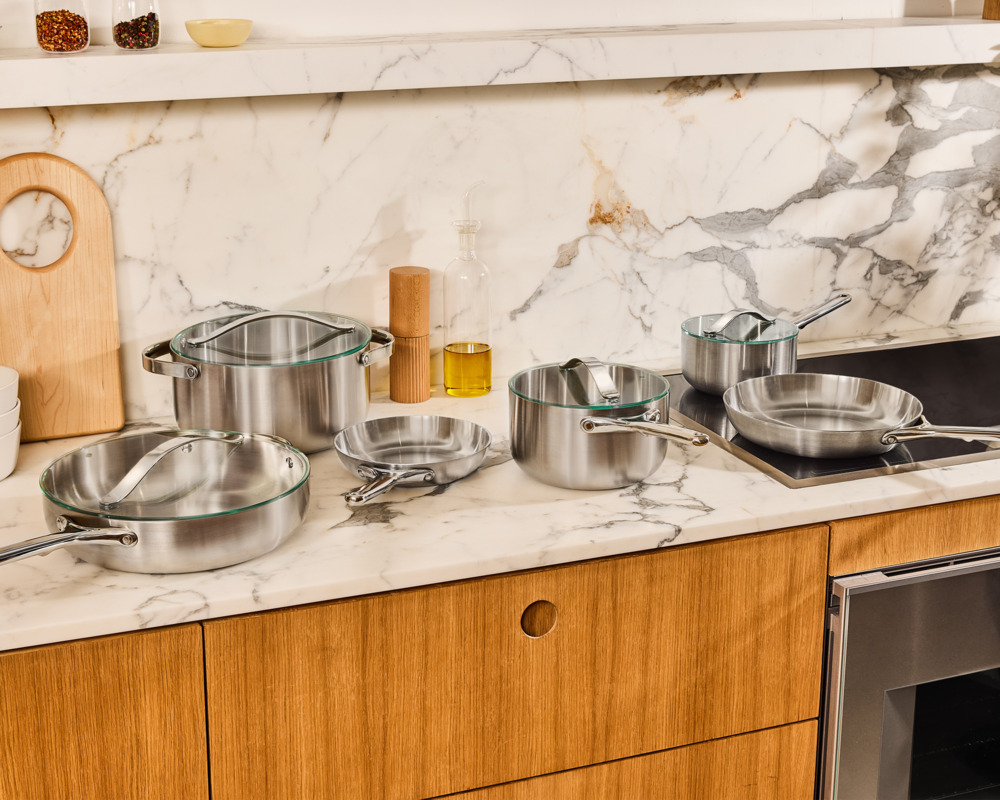
What Is Cast Iron?
Cast iron carries a hint of nostalgia—a nod to generations of family recipes and hearty meals prepared over flickering flames. This material is crafted by pouring molten iron into molds, creating cookware recognized for its heft and rustic charm.
Renowned for its heat retention and even cooking, cast iron pans are the go-tos for achieving that perfect crust on a steak or baking a fluffy, golden cornbread. Its longevity is legendary, often passed down through generations, each layer of seasoning adding to its story.
What Are the Key Differences?
When it comes to choosing the right cookware, understanding the key differences between stainless steel and cast iron is crucial. Each material has its own set of unique properties, affecting everything from your cooking style to the cleanup process.
Let's break down these differences to see how they stack up against each other in the kitchen.
1. Heat Conductivity and Retention
Stainless steel cookware is known for its excellent heat conductivity, especially when bonded with other metals like aluminum or copper in the base. This composition allows for quick heating and cooling, making it ideal for foods that require precise temperature control.
However, if you're looking for prolonged heating, cast iron is known to stay hot, which can be a benefit for quick cooking but might require more energy for prolonged cooking. On the other hand, cast iron boasts superior heat retention.
Once it gets hot, it stays hot, distributing heat evenly across its surface. This makes it perfect for searing meats or slow-cooking stews that benefit from consistent temperature. The downside? Its heat-up time is slower, and it requires some skill to manage its heat distribution on stove tops that cycle heat on and off.

2. Durability and Maintenance
Stainless steel's low maintenance makes it a favored choice for busy kitchens. It's resistant to rust and corrosion and doesn't require seasoning to maintain its surface.
Scratches or minor damages don't affect its performance, making it a practical option for everyday cooking. Cast iron requires a bit more love. Seasoning is essential to keep its non-stick properties and prevent rusting.
While not dishwasher safe, a well-maintained cast iron skillet can last generations, becoming more non-stick over time. The effort you put into maintaining cast iron pays off with a cooking surface that improves with age, a testament to the saying that some things get better with time.
3. Weight and Handling
One of the practical advantages of stainless steel cookware is its relatively lightweight nature, especially when compared to cast iron. This makes it easier to handle, whether you're flipping vegetables in a frying pan or transferring a pot from the stove to the oven.
Our Stainless Steel Pots and Pans are designed for ease of use, with ergonomically designed handles that make maneuvering a breeze, even when the cookware is full. This ease of handling makes stainless steel a practical choice for everyday cooking, where efficiency and comfort are key.
Cast iron's weight contributes to its stable cooking performance but can make it cumbersome to handle, especially for those with limited strength or mobility. Moving a full cast iron pan or pot requires care and effort, which might not suit everyone's cooking style or physical capabilities.
4. Versatility in Cooking
The versatility of stainless steel is unmatched. It's suitable for almost any cooking method, from frying and sautéing to simmering and boiling.
Its non-reactive nature means it can handle acidic ingredients without altering flavors or colors. This adaptability makes it a go-to for chefs who value flexibility and simplicity in their cookware.
Cast iron, while not as versatile as stainless steel, has its own unique advantages. It excels in high-heat cooking methods such as searing and baking.
Its ability to go from stovetop to oven makes it ideal for dishes that require multiple cooking methods. However, its reactive nature with acidic foods can limit its use with certain ingredients.
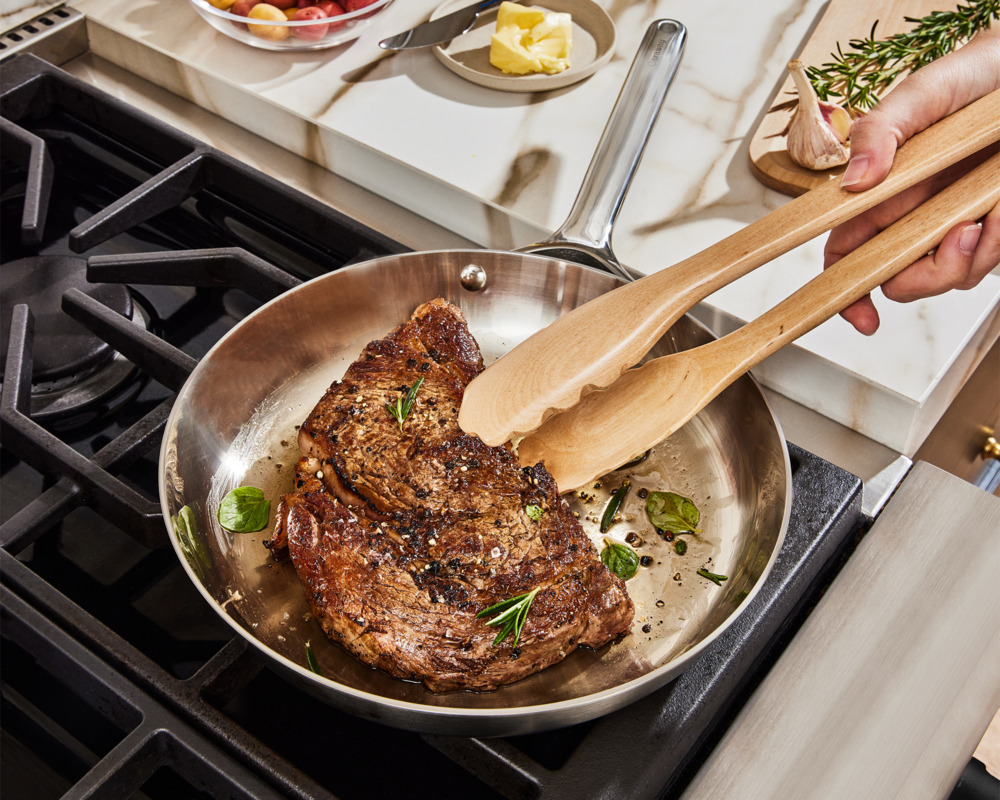
5. Flavor Enhancement
Stainless steel cookware doesn't impart additional flavors to food, ensuring the true taste of your ingredients shines through. This neutrality is perfect for cooking delicate dishes where the purity of flavors is paramount.
On the flip side, cast iron can enhance the flavor of your food over time. The seasoning layer built up from oils and fats contributes to a unique cooking surface that adds depth to your dishes.
6. Health and Safety
When it comes to health and safety, stainless steel cookware takes the lead. Our Stainless Steel Cookware line is designed with your health in mind, ensuring a cooking surface free from potentially toxic materials like PFOA, PTFE, other PFAs, lead, cadmium, or toxic metals.
This commitment to safety means you can cook with peace of mind, knowing your meals are free from unwanted chemicals. The non-reactive nature of stainless steel also means it won't leach metals into your food, even when cooking acidic dishes, preserving both the healthfulness and the true flavors of your ingredients.
Cast iron has the potential to leach iron into your food. This can actually be a benefit for those needing to increase their iron intake.
Additionally, maintaining the seasoning on cast iron to ensure its non-stick surface can involve using oils that some may prefer to avoid for health reasons.
Matching Cookware to Cooking Style
Choosing the right cookware is a pivotal decision in any kitchen, balancing between the culinary flexibility of stainless steel and the traditional charm of cast iron. Each material shines in its own right and is suited to different cooking methods and tastes.
Here, we'll explore when to opt for one over the other:
When Should I Opt for Stainless Steel?
- Quick and Precise Cooking: For dishes requiring quick adjustments in temperature and precision, stainless steel excels. Its rapid heat response makes it ideal for searing fish, sautéing vegetables, or simmering delicate sauces.
- Everyday Versatility: Our collection of Stainless Steel Cookware offers unmatched versatility for everyday cooking. Whether you're boiling pasta, creating a stew, or frying eggs, these pieces adapt to your needs without the worry of reacting with acidic ingredients.
- Low-Maintenance Lifestyles: If you prefer a straightforward cleanup, stainless steel's ease of care is unbeatable. Requiring no seasoning, it fits seamlessly into busy lives, ensuring more time is spent enjoying your meals rather than maintaining your cookware.
When Should I Choose Cast Iron?
- High-Heat Cooking: For recipes that benefit from prolonged heating, cast iron is king. Its heat retention qualities make it perfect for searing steaks to perfection or slow-cooking a casserole in the oven, where it maintains temperature long after the heat is turned off.
- Flavorful Traditions: Cast iron's ability to enhance the flavor of your food over time, thanks to its seasoning, makes it a choice for those who cherish the depth of taste. It's the go-to for cooking that benefits from a bit of historical seasoning, adding a layer of flavor that only time can provide.
- Rustic Baking: The even heat distribution of cast iron pans also makes them ideal for baking. From cornbread to pies, cast iron provides a crisp, even crust that's hard to achieve with other materials.
The Bottom Line
At Caraway, we celebrate the diversity of cooking experiences, understanding that the choice between stainless steel and cast iron cookware is deeply personal, reflecting your cooking style, preferences, and the flavors you wish to bring to life.
Whether you lean toward the versatility and ease of our Stainless Steel Cookware or cast iron's traditional, flavor-enhancing qualities, we’re here to support your culinary journey with high-quality, health-conscious cookware designed for the modern home cook.
Sources:
worldstainless - Introduction to stainless steels | World Stainless
Cast iron | Definition, Composition, History, & Facts | Britannica
What is heat conduction? | Phys
Does cooking with cast iron pots and pans add iron to our food? | Columbia.edu
